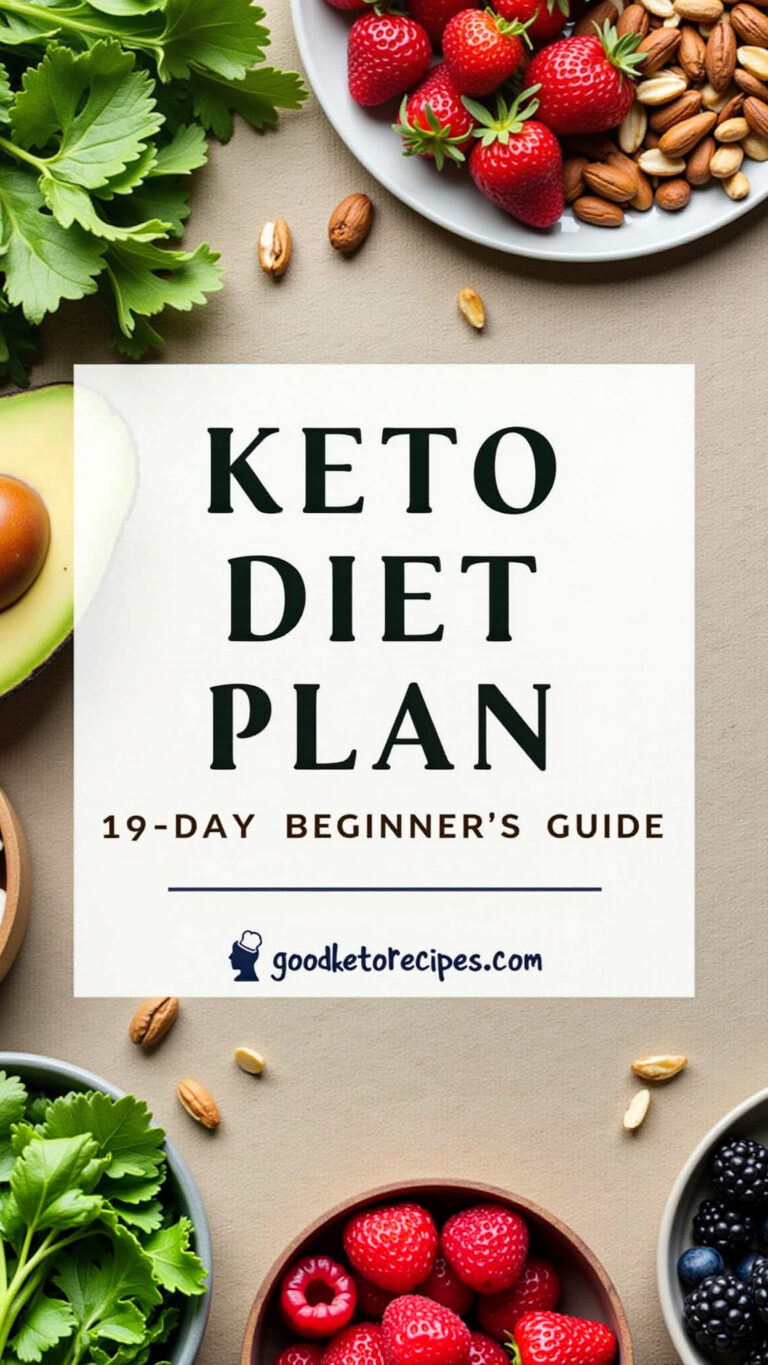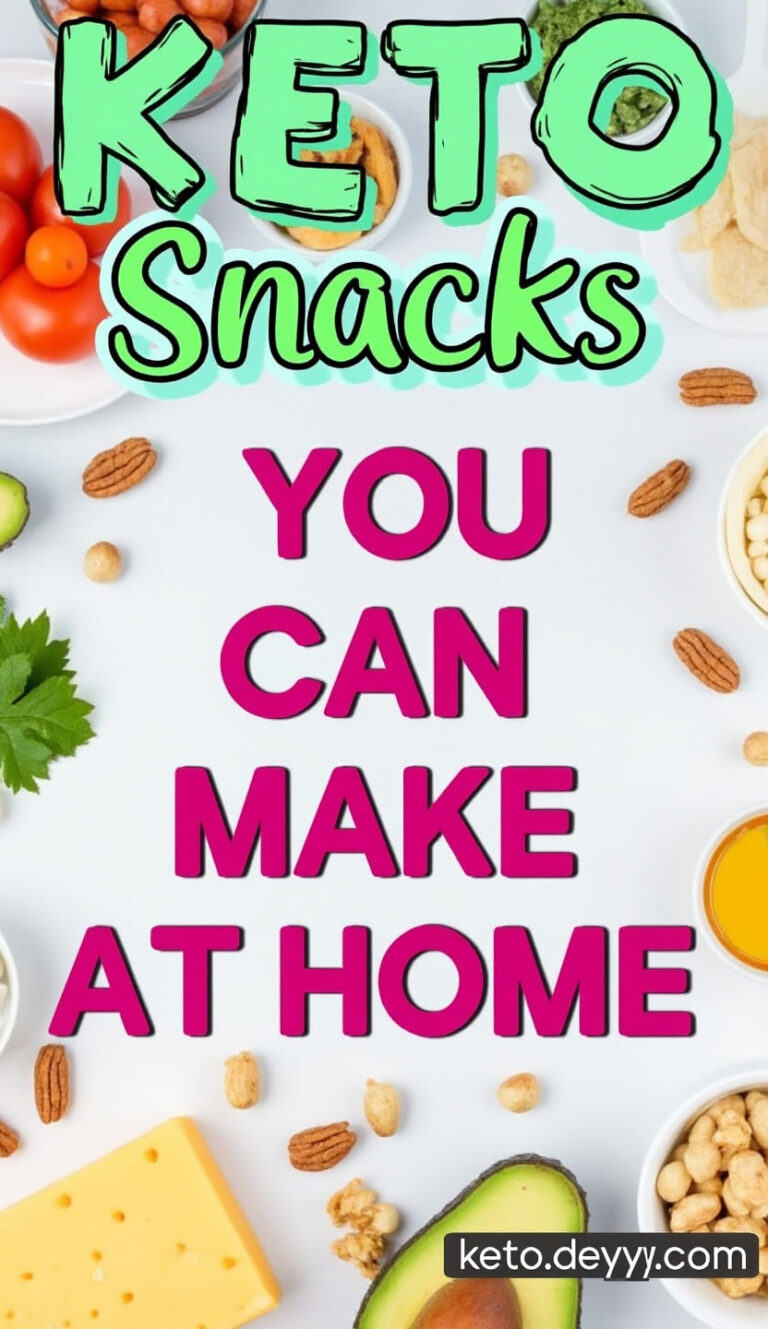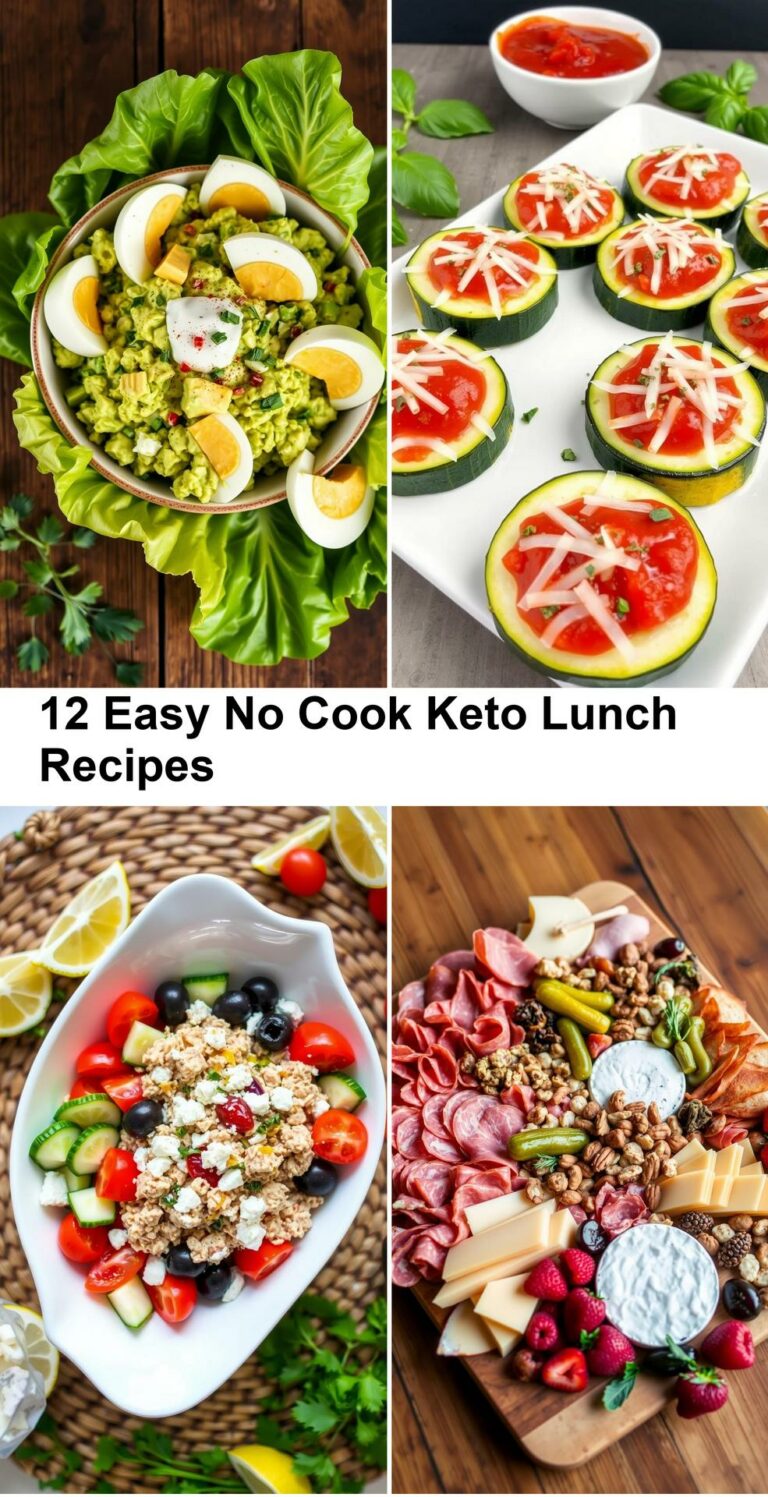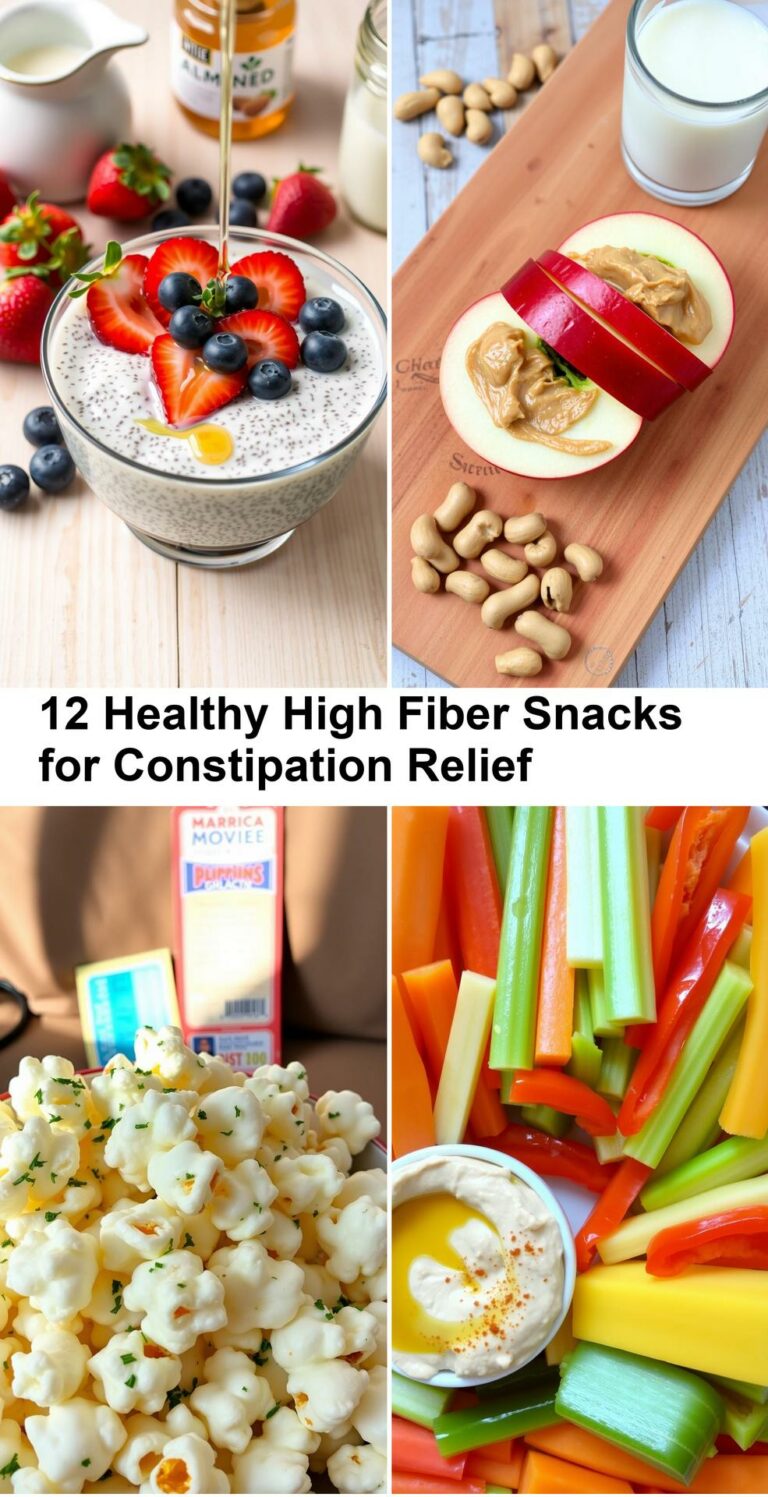Foods Where Conventional is Safe
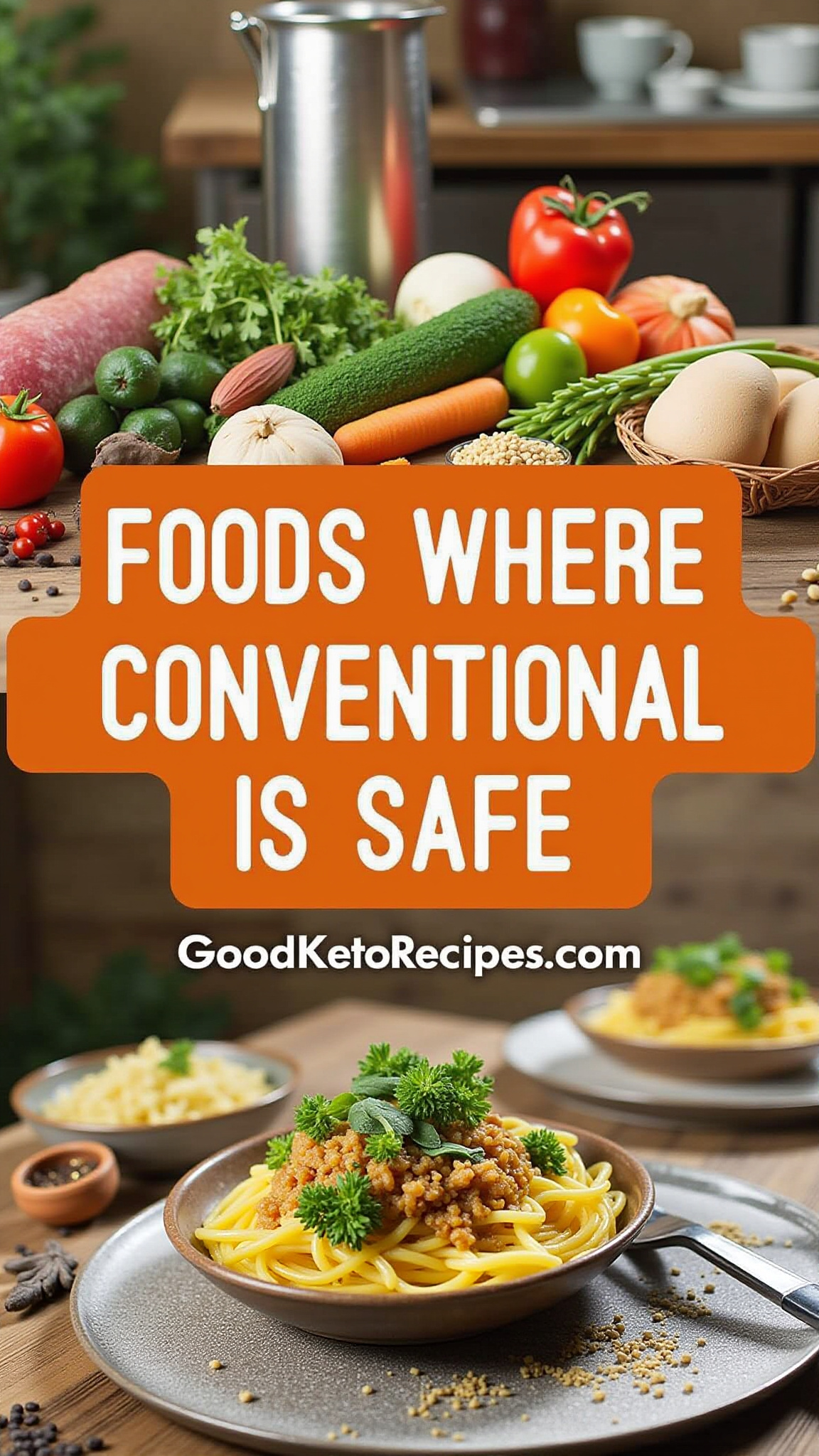
For budget-conscious shoppers prioritizing health, the question of whether to buy organic produce can be a constant dilemma. While organic farming offers benefits for the environment and potentially reduces pesticide exposure, it often comes with a higher price tag. The good news is that not all produce needs to be organic to minimize your risk of pesticide consumption. This article will provide a comprehensive list of foods where conventional options are generally safe, helping you save money without compromising your health.
Understanding the “Dirty Dozen” and “Clean Fifteen”
The Environmental Working Group (EWG), a non-profit research organization, publishes an annual Shopper’s Guide to Pesticides in Produce. This guide ranks produce based on pesticide residue levels found in samples tested by the USDA. The guide is divided into two key lists: the “Dirty Dozen” and the “Clean Fifteen.”
- Dirty Dozen: This list highlights fruits and vegetables with the highest pesticide residues. If your budget allows, prioritizing organic options for these items is recommended.
- Clean Fifteen: This list identifies produce with the lowest pesticide residues. Buying conventional versions of these items is generally considered safe.
This article focuses on expanding the “Clean Fifteen” to give you a broader understanding of foods where buying organic offers minimal additional benefit. We’ll examine these foods, explain why they typically have lower pesticide residues, and provide additional tips for safe and affordable produce shopping.
The “Clean Fifteen” and Beyond: Foods You Can Buy Conventional
Here’s a detailed look at foods that typically have low pesticide residues, making the organic premium less justifiable:
1. Avocados
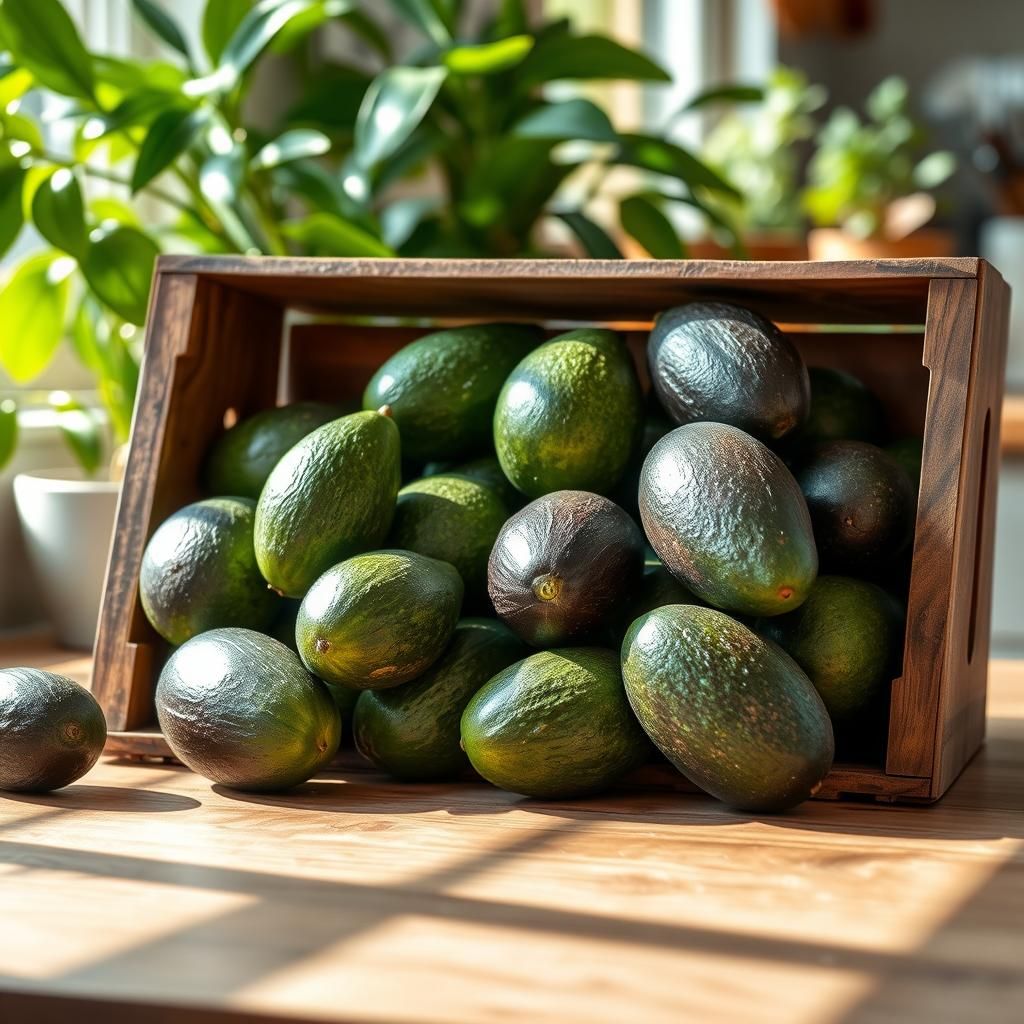
Avocados consistently rank among the cleanest produce items. Their thick skin acts as a natural barrier, protecting the fruit from pesticides. The EWG often lists avocados at the very top of the “Clean Fifteen.”
- Why they’re clean: The tough skin prevents pesticide absorption.
- Shopping tip: Focus on ripeness and quality, rather than organic certification.
2. Sweet Corn
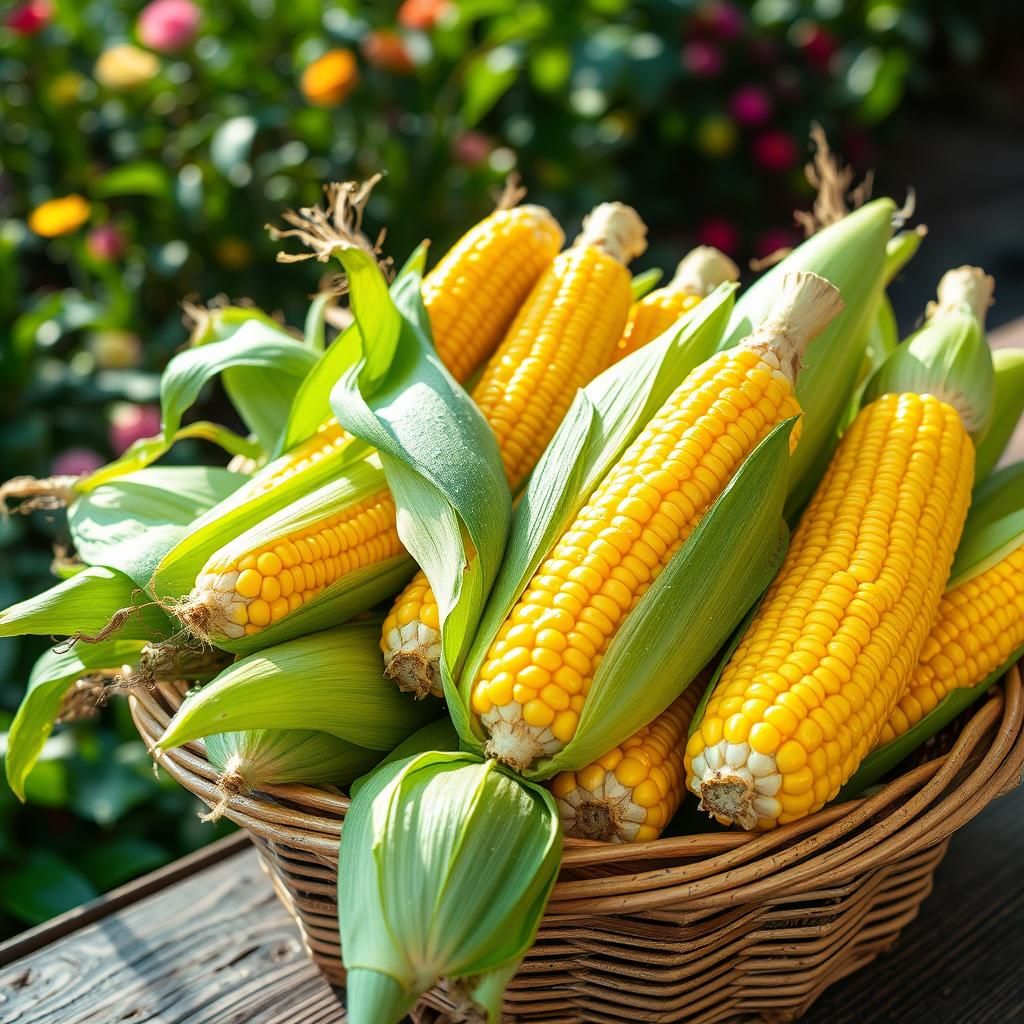
Sweet corn also boasts a protective husk that shields the kernels from pesticides. While genetically modified (GMO) corn is prevalent, the presence of GMOs doesn’t necessarily equate to higher pesticide use.
- Why they’re clean: The husk provides a strong barrier against pesticide penetration.
- Shopping tip: Look for fresh corn with bright green husks and plump kernels.
3. Pineapples

Pineapples have a thick, textured skin that acts as a robust defense against pesticide absorption. This makes them another safe choice when purchasing conventional produce.
- Why they’re clean: The thick skin acts as a natural protective layer.
- Shopping tip: Choose pineapples that are fragrant and yield slightly to pressure.
4. Onions

Onions, grown underground, are naturally protected from many pests and diseases. This often results in lower pesticide application and residue levels.
- Why they’re clean: Grown underground, minimizing exposure to aerial pesticides. Their pungent odor also deters some pests.
- Shopping tip: Store onions in a cool, dry place to prolong their shelf life.
5. Papayas

Papayas, like pineapples and avocados, have a thick skin that protects the inner fruit from pesticide contamination.
- Why they’re clean: The thick skin provides a barrier against pesticides.
- Shopping tip: Look for papayas with slightly soft skin and a reddish-orange hue.
6. Sweet Peas (Frozen)
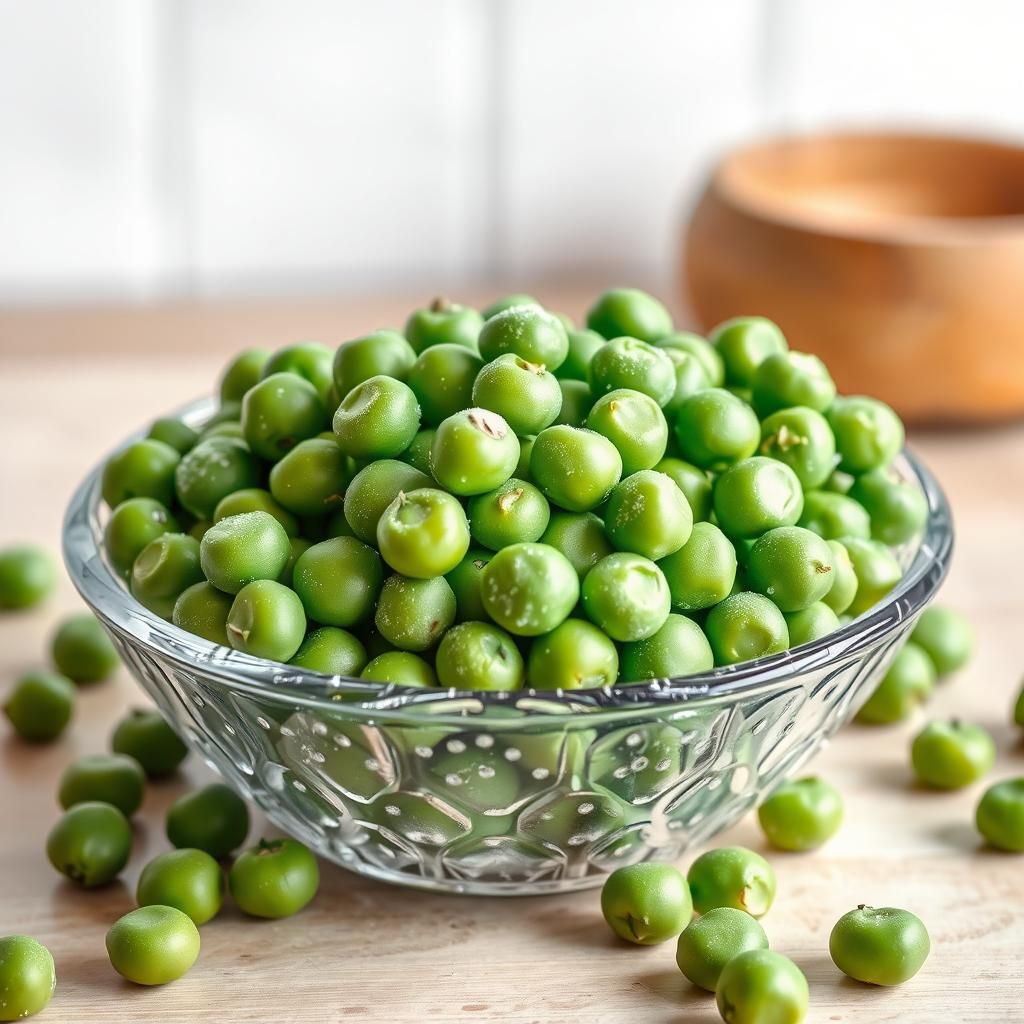
Frozen sweet peas often have lower pesticide residues because they are harvested quickly and processed before pests can cause significant damage, reducing the need for heavy pesticide use. Also, the freezing process can further reduce pesticide residues.
- Why they’re clean: Quick harvesting and processing reduces the need for extensive pesticide application.
- Shopping tip: Frozen vegetables are often just as nutritious as fresh, and can be more convenient.
7. Eggplant
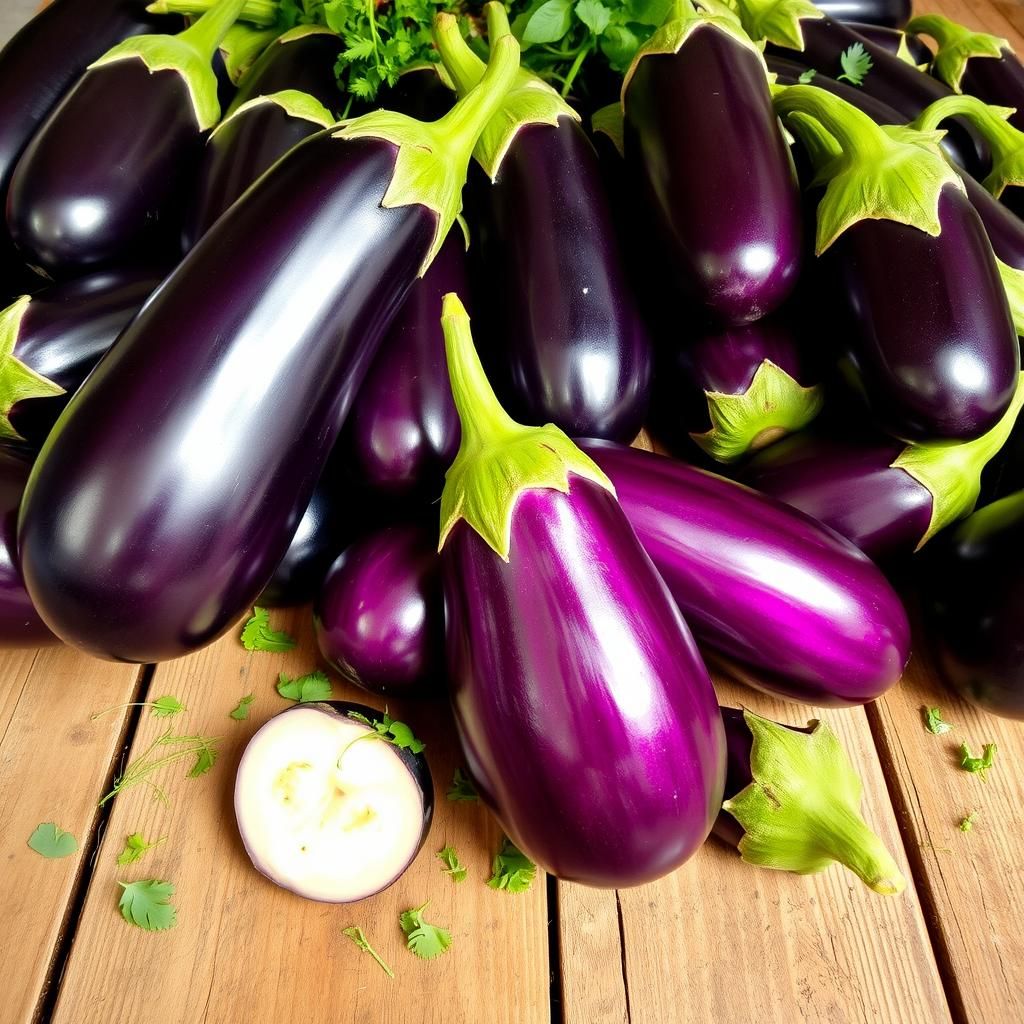
Eggplant’s thick, glossy skin acts as a barrier against pesticide absorption. This makes it a relatively safe option when buying conventional produce.
- Why they’re clean: The tough skin provides a protective layer.
- Shopping tip: Choose eggplants that are firm, heavy, and have smooth, shiny skin.
8. Asparagus
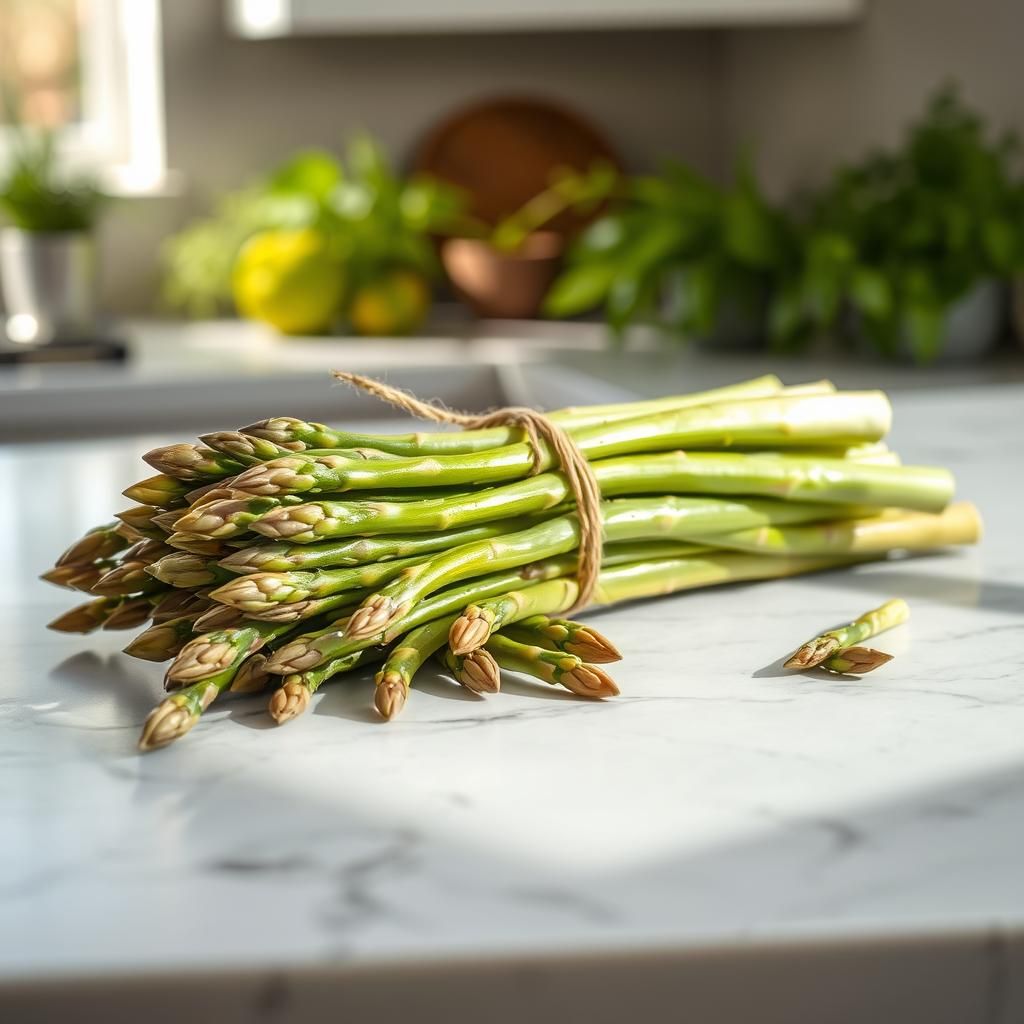
Asparagus grows quickly and requires relatively little pesticide application. Furthermore, much of the plant is discarded before consumption.
- Why they’re clean: Fast growth and minimal pesticide use.
- Shopping tip: Look for asparagus spears that are firm and bright green.
9. Broccoli

While broccoli sometimes appears on the Dirty Dozen list, it’s often found to have relatively low pesticide residues, particularly compared to leafy greens. Washing broccoli thoroughly can further reduce any potential residue.
- Why it’s often clean: While it can be treated with pesticides, broccoli doesn’t absorb them as readily as some other vegetables.
- Shopping tip: Choose broccoli with tight, dark green florets and firm stalks.
10. Cabbage
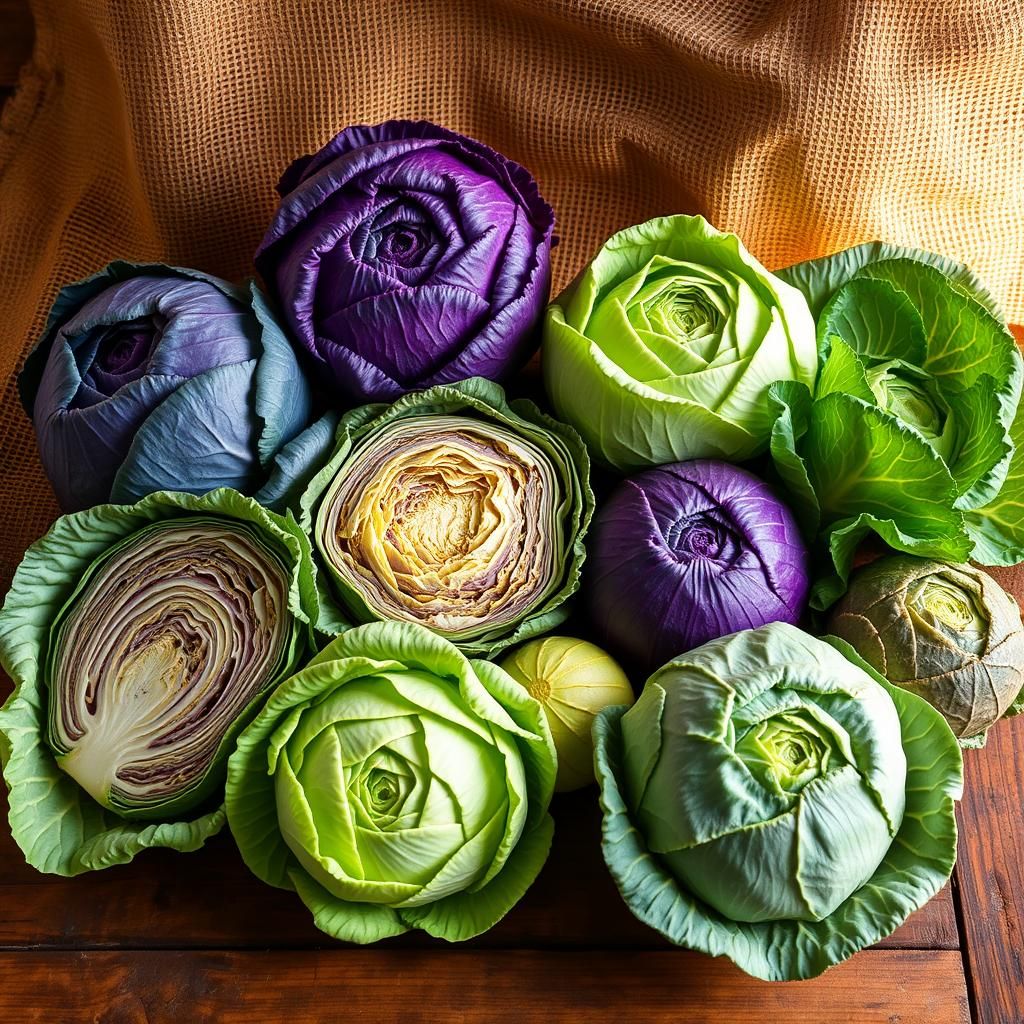
Cabbage’s tightly packed leaves provide a natural barrier against pests, reducing the need for extensive pesticide use.
- Why it’s clean: Tightly packed leaves offer protection.
- Shopping tip: Select cabbages that are heavy for their size and have firm heads.
11. Kiwi
Kiwis, like many fruits with thick skins, are well-protected from pesticide absorption.
- Why they’re clean: The fuzzy skin provides a natural barrier.
- Shopping tip: Choose kiwis that yield slightly to gentle pressure.
12. Cantaloupe
The thick rind of cantaloupe shields the edible flesh from pesticide contamination.
- Why they’re clean: Thick rind protects the inner fruit.
- Shopping tip: Look for cantaloupes that are fragrant and have a slightly soft blossom end.
13. Cauliflower
Similar to broccoli and cabbage, cauliflower’s dense head provides some protection against pesticide exposure.
- Why it’s often clean: The dense head offers some protection.
- Shopping tip: Choose cauliflower with creamy white, tightly packed florets.
14. Honeydew Melon
Like cantaloupe, honeydew melons have a thick rind that protects the inner fruit.
- Why they’re clean: Thick rind provides a barrier.
- Shopping tip: Look for honeydew melons that are fragrant and have a slightly waxy surface.
15. Grapefruit
The thick peel of grapefruit provides excellent protection from pesticides.
- Why they’re clean: The thick peel offers a natural barrier.
- Shopping tip: Choose grapefruit that feels heavy for its size.
Additional Foods Generally Safe to Buy Conventional:
Beyond the official “Clean Fifteen,” several other foods often have low pesticide residues:
- Mushrooms: Grown indoors in controlled environments, mushrooms generally require fewer pesticides.
- Watermelon: The thick rind provides a protective barrier.
- Mangos: Thick skin protects the inner fruit.
- Potatoes: While often treated with pesticides, the thick skin is usually peeled before consumption. (Consider organic if consuming the skin).
- Bananas: Thick peel protects the inner fruit.
- Garlic: Similar to onions, garlic is grown underground and naturally resists many pests.
- Ginger: Also grown underground, ginger is generally less susceptible to pests.
- Carrots: While root vegetables can absorb pesticides from the soil, carrots are often relatively clean, especially if peeled.
Factors Influencing Pesticide Residue Levels
Several factors influence pesticide residue levels in produce:
- Plant Anatomy: Thick skins, husks, and rinds act as natural barriers.
- Growing Practices: Some farming methods require less pesticide use.
- Pest Resistance: Naturally pest-resistant crops need fewer treatments.
- Climate: Certain climates are less conducive to pests and diseases.
- Regulations: Pesticide regulations vary by country and region.
- Washing and Peeling: These practices can significantly reduce pesticide residues.
The Importance of Washing Produce
Regardless of whether you buy organic or conventional produce, washing is crucial to remove dirt, bacteria, and any potential pesticide residues.
- How to Wash: Rinse produce thoroughly under running water. For thicker-skinned items, use a scrub brush. Consider using a produce wash for added cleaning power.
- Vinegar Solution: A diluted vinegar solution (1 part vinegar to 3 parts water) can help remove bacteria and pesticide residues. Soak produce for a few minutes, then rinse thoroughly.
Understanding Organic Labeling
It’s important to understand what “organic” labeling actually means:
- USDA Organic: This label indicates that the product was produced using organic farming methods, avoiding synthetic pesticides, herbicides, and fertilizers.
- 100% Organic: All ingredients are certified organic.
- Organic: At least 95% of the ingredients are certified organic.
- Made with Organic Ingredients: At least 70% of the ingredients are certified organic.
The Benefits of Buying Organic (When It Matters)
While this article focuses on foods where buying conventional is generally safe, there are situations where choosing organic offers significant benefits:
- Dirty Dozen: Prioritize organic for items on the “Dirty Dozen” list to minimize pesticide exposure.
- Family History of Health Issues: Individuals with sensitivities or a family history of health conditions may choose to buy organic more frequently.
- Environmental Concerns: Organic farming practices promote biodiversity, soil health, and water conservation.
- Supporting Local Farmers: Buying organic from local farmers supports sustainable agriculture in your community.
Making Informed Choices: A Guide to Saving Money and Staying Healthy
Navigating the world of organic and conventional produce can be complex. Here’s a summary of actionable steps to help you make informed choices:
- Consult the EWG’s Shopper’s Guide: Use the “Dirty Dozen” and “Clean Fifteen” lists as a starting point for your shopping decisions.
- Prioritize Organic for “Dirty Dozen” Items: If your budget allows, focus on buying organic versions of produce with high pesticide residues.
- Buy Conventional for “Clean Fifteen” Items: Save money by purchasing conventional versions of produce with low pesticide residues.
- Wash All Produce Thoroughly: Regardless of whether you buy organic or conventional, washing is essential to remove dirt, bacteria, and potential pesticide residues.
- Consider Local and Seasonal Produce: Local and seasonal produce is often fresher and may require less pesticide use.
- Grow Your Own: If you have space, consider growing your own herbs, vegetables, or fruits.
- Understand Organic Labeling: Be aware of the different levels of organic certification.
- Balance Budget and Health: Make choices that align with your budget and health priorities.
- Support Sustainable Agriculture: Look for farms and brands committed to environmentally friendly practices.
- Stay Informed: Keep up-to-date on the latest research and recommendations regarding pesticide residues in produce.
Ready to Transform Your Diet?
Discover incredible meal plans designed to help you reach your health goals:
By understanding which foods are typically low in pesticide residues, you can make informed choices that save money without compromising your health. Prioritize organic options for items on the “Dirty Dozen” list, wash all produce thoroughly, and consider buying local and seasonal produce whenever possible. With a little knowledge and planning, you can create a healthy and affordable diet for yourself and your family. Remember that eating a variety of fruits and vegetables, whether organic or conventional, is essential for overall well-being. This list provides a guide but should not discourage you from enjoying a diverse range of produce, prioritizing what’s accessible and affordable.
Affiliate Link Disclosure: Some of the links in this post are affiliate links. This means that if you click on the link and make a purchase, I may receive a small commission at no extra cost to you. I only recommend products or services that I personally use and believe will be valuable to my readers.

